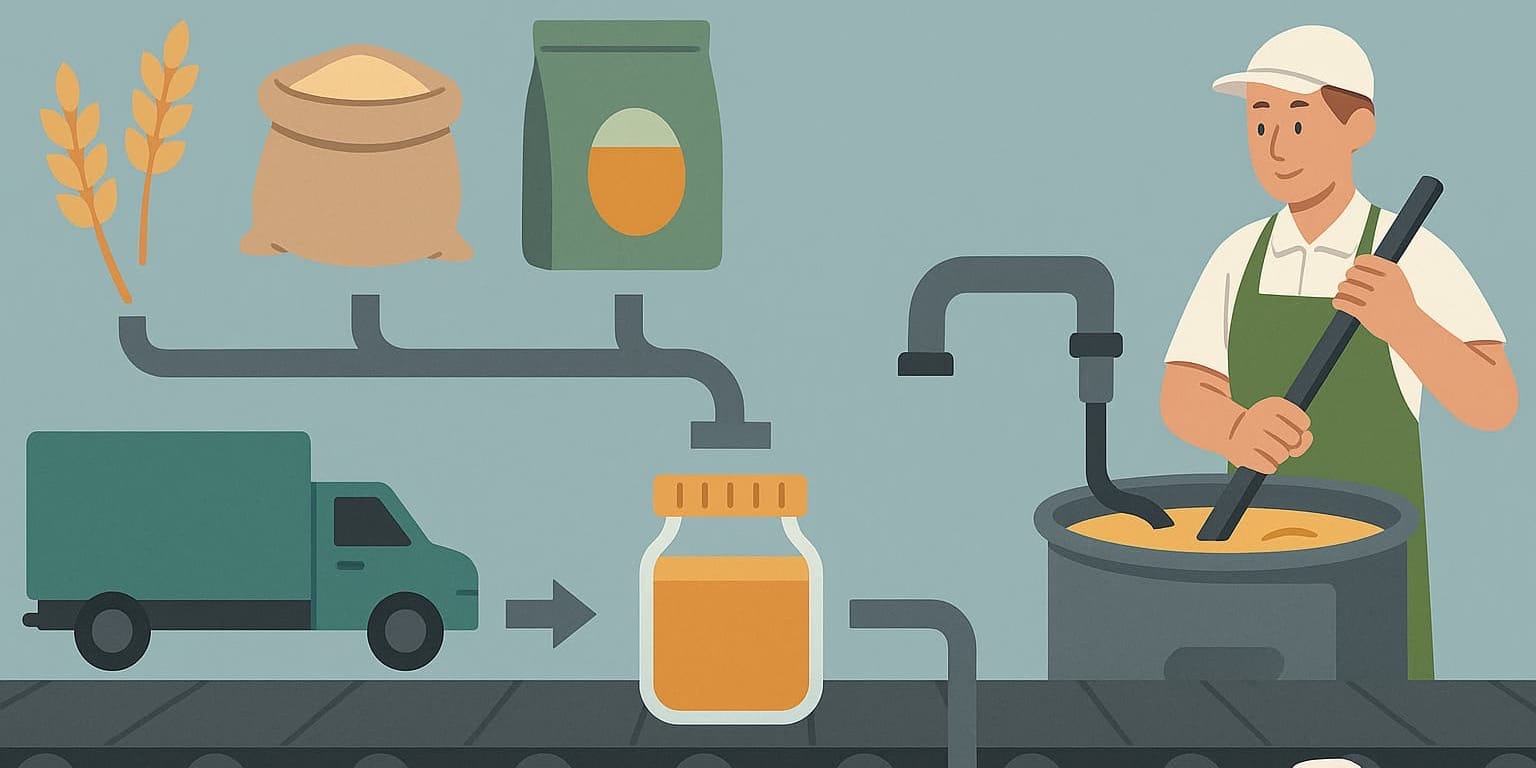What Are Operational COGS — and Why Should You Care?

Not all costs are created equal. If you’re running a food business, chances are you’re spending more time in the kitchen, warehouse, or delivery van than inside your accounting software. That’s why understanding Operational COGS (the real costs behind making and delivering your product) is critical to making better business decisions — every day.
And with Supply’d, tracking those costs isn’t a complicated spreadsheet exercise. It’s automatic, built-in, and accurate — exactly how it should be.
The Difference Between Accounting COGS and Operational COGS
Accounting COGS (also known as full absorption costing) includes fixed overheads like rent, salaries, utilities, and depreciation. These are useful for tax returns and financial reports — but they don’t help you decide what to produce, when to reorder, or whether your price is still profitable after a supplier increase.
Operational COGS, on the other hand, is about what it actually costs you to make, move, and deliver your product — at a SKU level — so you can manage day-to-day operations with clarity.
What’s Tracked in Operational COGS?
In Supply’d, we break down the operational cost of every product by:
- Raw Materials – Ingredient or item-level costs from your purchase orders.
- Packaging – Tracked as part of the bill of materials for manufactured goods.
- Production Costs – Labour time, batch yields, and waste accounted for in your production runs.
- Freight – The cost of inbound freight for goods.
- Supplier Price Changes – Automatically flagged when scanned invoices don’t match your expected PO values.
- Stock Movements – FIFO and batch-level costing keeps things accurate even when prices fluctuate.
And because Supply’d tracks your inputs at every stage, your costs stay up to date with the way you actually operate — no waiting for your accountant to tell you 6 weeks later.
Why It Matters
If you’re not confident in your real cost per unit, you’re guessing on margins.
And if you’re guessing — you’re probably:
- Undercharging and eroding profits
- Overproducing and wasting stock
- Reordering without understanding usage trends
- Relying on gut feel when supplier prices change
Supply’d eliminates the guesswork. You’ll know your cost per product, per batch, or even per order — and what that means for your margins by sales channel, customer, or location.
Wrap-Up
Your ERP shouldn’t just help your accountant. It should help you — the operator — make faster, smarter, more profitable decisions every day.
And that starts by understanding your Operational COGS.
Ready to take control of your margins?
Book a demo and see how Supply’d helps food businesses operate smarter.

